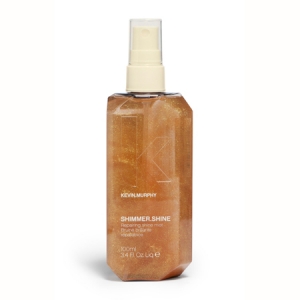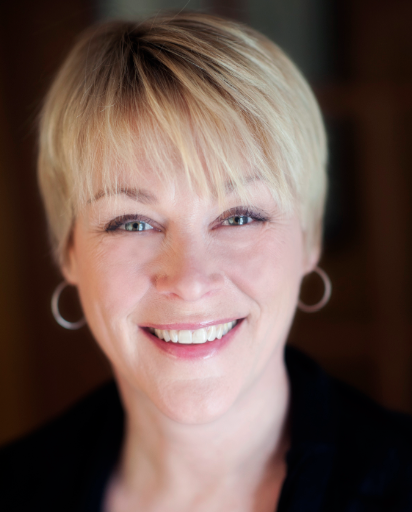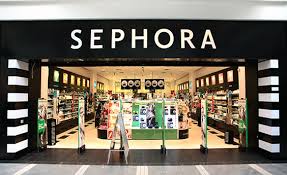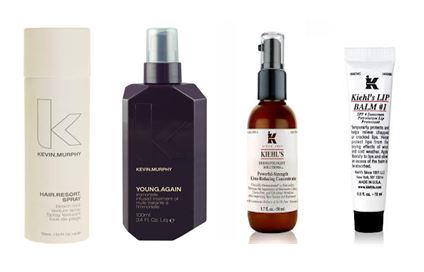One of the most interesting things I have observed in my role at Couturing, is the way that the Beauty industry keeps evolving and is one that sustains a level of continuing growth through tough and good times. So it was a real pleasure for me to catch up with Sue Remes, a beauty industry veteran and retail marketer who was recently here in Australia on behalf of KEVIN.MURPHY to present “The Truth About Customer Experience’ seminar.
With a career spanning over 25 years, Sue is a highly qualified retail marketer who works with businesses globally to help them achieve greater exposure. Sue takes a ‘front line’ approach to her methodology – she studies consumer behaviour and explores how consumers shop in various distribution channels. Some of the brands she has worked with include Lancôme,KEVIN.MURPHY, Aveda, The Body Shop, Wella, among many others. Who better to talk with to get the low down on what’s happening in the industry.
Are there any key beauty trends that you’re expecting to see over the next 2-3 years?
I think there are a couple of trends we are seeing now that we are going to continue to gain a lot of traction over the next few years. The first is the overlap of technology between skincare, hair care and colour cosmetics that will result in multi-functional products. The second is in a continued focus on do-it-yourself at-home products.

KEVIN.MURPHY SHIMMER.SHINE is not only great to give your hair shimmer but is also great as a body shimmer too.
Both of these trends address the demand from time-poor customers who want more value for money and who want to spend less time in their beauty regime. Salons should be thinking about how their product and service offering accommodate these trends and address the needs of their clients.
Are there any differences you see with consumers here in Australia with those overseas?
Over the years, I have spent time working and selling to customers all over the world. The thing that always amazes me is not differences, but similarities. So the answer to this question is “not many”. The main difference is in how many products women will use in their daily routines. For example, women in Korea tend to use 3 times more products than women in the US. But at the end of the day, I find that consumers everywhere are trying to answer the same questions and solve the same problems. All of them are looking for category navigation, value and high-level solutions. That never changes, no matter what country I am working in.
The traditional shop front has been the preferred method for consumers to buy their beauty products here in Australia as our retailers here have been slow to adopt the online channel as a viable way for us to shop, although there are a few online retailers that specialise in beauty products (e.g. Adore Beauty). Is the overseas experience similar in that consumers want to purchase these particular goods or has the experience been to buy from online shops?
I can’t speak to the specific online percentages of each country, but I can say this. Online shopping is a reality and it’s not going away. That being said, I think many people perceive it as a bigger threat to the category than it actually is. In Australia for example, only 6% of all goods (across all categories) are sold online and beauty is included in that 6%. So it’s really a drop in the bucket. At the end of the day, the beauty purchase is still a high touch, experiential journey for the consumer. Unless we figure out how to cut a head of hair over the Internet, I don’t see this as a giant threat.
There has been some talk about beauty retailer Sephora hitting our shores in the next 12 months. Do you think that this will have a huge impact on the beauty market here in Australia?
Stores like Sephora have been really successful in just about every market they have opened. But I think the salon industry really needs to understand why. Sephora offers a highly interactive, theatrical experience. They are a store where consumers go to discover products in a fun, interactive environment. The experience is one that is geared to capture the consumer’s attention.
If Sephora opens here, they will certainly have impact and they will be very aggressive in competing for the consumer’s attention. Salons have equally compelling interaction points with their clients. It really just comes down to whether or not they are taking advantage of the time the client spends in the salon, educating and presenting high value solutions that lead to a purchase decision.
What are your key go-to beauty products and what could you not live without?
KEVIN.MURPHY Young.Again Immortelle Infused Treatment Oil, Hair.Resort.Spray and Un.Dressed Fibre Paste. Kiehl’s Powerful -Strength Line-Reducing Concentrate and #1 Lip Balm. Can’t live without (and don’t travel without) any of them!





Leave a Reply